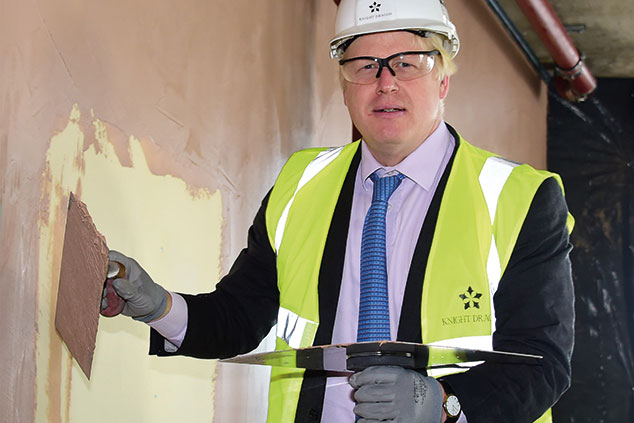
Prime ministerial hopeful Boris Johnson wants to overhaul stamp duty. He has proposed axing it on properties worth less than £500,000 and lowering the rate on properties worth more than £925,000. Whether or not he sticks to this pledge, it’s worth knowing the stamp-duty exemptions that currently exist.
One aspect of stamp duty that comes with several exemptions is the higher rate due on the purchase of second homes. This applies if, at the end of the day on which the transaction takes place, you own more than one property.
Importantly, however, it doesn’t apply if you own more than one property but the property you are buying is replacing your main residence, if that is being sold. Moreover, if you buy a new home, but still own your previous main residence, you can claim a refund of the higher rate if you sell it within the next three years. Just note that you need to claim your refund within 12 months of the sale of the previous residence or within 12 months of when you file your stamp-duty tax return, whichever is later.
Somewhat confusingly, there is another loophole that applies where someone is buying a new main residence, but not actually replacing a current main residence that they own. Normally in this situation, you would have to pay the higher rate if you happen to own other properties.
However, if, within the previous three years you have sold a main residence, you are also entitled to avoid the surcharge. This particular loophole could be helpful for buy-to-let landlords who are currently living in rented accommodation, for instance.
A slightly less complicated exception may be of use if you have recently inherited property. The additional stamp-duty levy will also not apply if you are buying a second home but the interest you have in another property is a less-than 50% share of a property that you inherited within the previous 36 months.
Finally, it’s useful to know the types of transaction that attract commercial, rather than residential, stamp-duty rates. Commercial rates range from 0% for the value of a property between £0 and £150,000, 2% for £150,001 to £250,000 and 5% on a value above £250,000. This compares to residential rates, which can go up to 15% for value more than £1.5m. Examples of non-residential transactions include the purchase of mixed-use properties (so if you bought a building made up of a flat above a shop), and the purchase of six or more residential properties in one go.